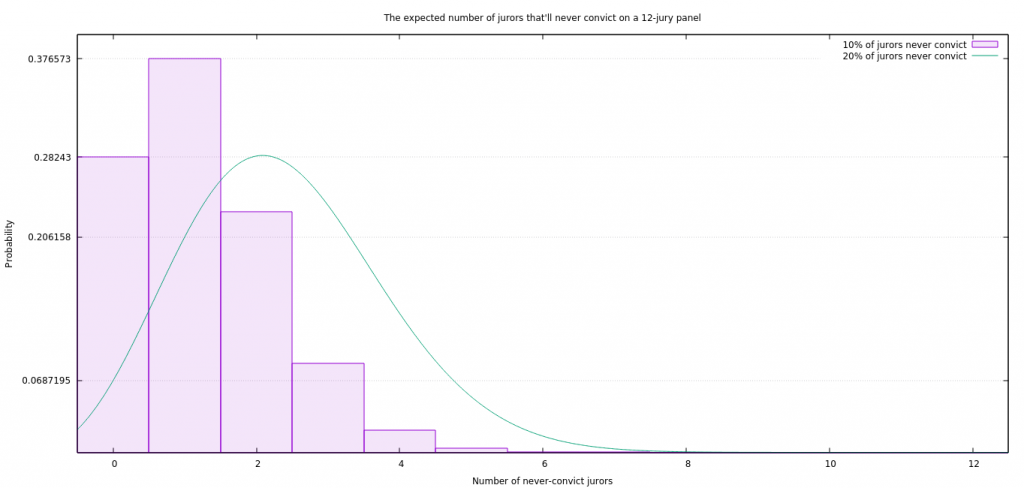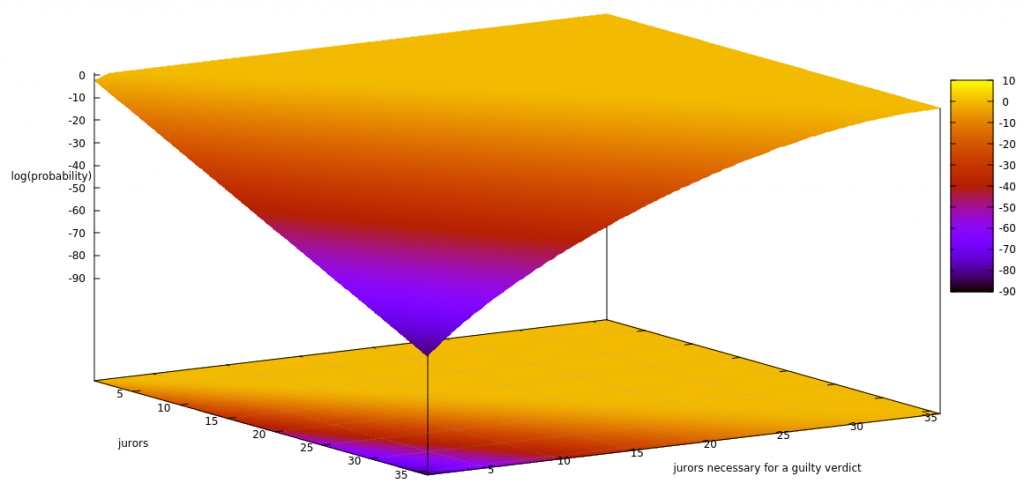Whew, quite a week of news, eh? The Manafort verdict has stuck with me, if only for this detail.
One of the jurors from the recently-concluded trial of Paul Manafort has described herself as a strong supporter of President Trump. She said she drove every day to the Alexandria courthouse where Mr. Trump’s former campaign chairman was being tried with her “Make America Great Again” cap in the back seat, and that she planned to vote again for Mr. Trump if he runs for reelection in 2020. She said she thought prosecutors had targeted Mr. Manafort as a way to get dirt on Mr. Trump, and that she didn’t want Mr. Manafort to be guilty. Nonetheless, she voted to convict him because the evidence of his guilt “was overwhelming.” […]
The jury couldn’t come to unanimous agreement on 10 other counts and a mistrial on those charges was declared. Ms. Duncan revealed that there was just one juror who held out on conviction on those counts, citing reasonable doubt. The other eleven jurors were convinced of Mr. Manafort’s guilt.
I don’t know why that juror held out, so let’s instead consider a hypothetical. Earlier, I argued that Democratic and Republican voters were more polarized than first appeared because roughly 10-20% of the population can be convinced of nearly anything. The first juror in the Manafort trial to out themselves bought pretty heavily into some of Trump’s conspiracy theories, so they must have some grip on the general public.
What if this 10-20% of the populace was so deep into these theories that they’d never find one of Trump’s associates guilty? That would be a huge problem if they were on a jury. What are the odds of such an event occurring?
We can calculate this ourselves, via the Binomial distribution.
 Assuming a 12-person jury, if 10% of the population would refuse to convict under any circumstance, then there’s about a 72% chance of at least one such person being a juror; if 20%, then there’s a whopping 93% chance. Since the US Federal courts require unanimity to reach a verdict, those are also the minimum odds of a mistrial on one count!
Assuming a 12-person jury, if 10% of the population would refuse to convict under any circumstance, then there’s about a 72% chance of at least one such person being a juror; if 20%, then there’s a whopping 93% chance. Since the US Federal courts require unanimity to reach a verdict, those are also the minimum odds of a mistrial on one count!
There’s an obvious workaround, drop unanimity and permit eleven people to reach a verdict. The minimum odds of a mistrial drop to 34%, if 10% of all people would refuse to convict, or 72.5% in the 20% case. Is that acceptable to you, or would you like those values to be lower? We can use math and computers to determine the ideal quorum of jurors needed to satisfy your threshold. Let’s define t as the minimum odds of a mistrial, n as the number of jurors, k as the minimum number of guilty votes needed to achieve a conviction, and q as the proportion of people guaranteed to refuse to convict. For any given combination of those, the minimum odds are
The good news: you can drive t to be as low as you wish. The bad: you accomplish that by inflating the size of the jury pool while keeping the quorum low, which means the weight of the evidence necessary to convict drops. Avoiding partisan bias means more false convictions, and vice-versa, so we have to calculate our preferred trade-off.
This math is par for the course. Every judicial system puts numbers to these questions:
- How many guilty people should be allowed to walk free?
- How many people should be convicted of a crime they didn’t commit?
- How much should we invest into those who have been convicted of a crime, and how should we spend those funds?
- How much should we spend on crime prevention, and which programs are the most effective?
For instance, its been estimated that at least 4.1% of all convicts given a death sentence in the US were falsely convicted; is that rate of killing innocent civilians acceptable, or should it be lowered? Of the hundred thirty-seven prisoners freed from US jails in 2017, their average time behind bars was 10.7 years; is putting an innocent person behind bars for that length of time something we can tolerate as a society, or should it be lowered? If it should be lowered, are we going to do that by doing more aggressive post-conviction audits, better training for police and prosecutors, both, or are there more effective tactics out there?
Working out this math also changes our judicial philosophy. If we build our system so that it punishes the guilty, then our false conviction rate had better be low. If instead we build our system so that it makes them better citizens, then putting an already-good citizen in there isn’t a big loss and we can instead tune other variables.
The only real choice here is if we consciously put those numbers in place ourselves, receive a nasty shock when we later calculate them, or pretend those questions don’t exist. Currently, we’re doing a lot of the last two in Canada and the US.


